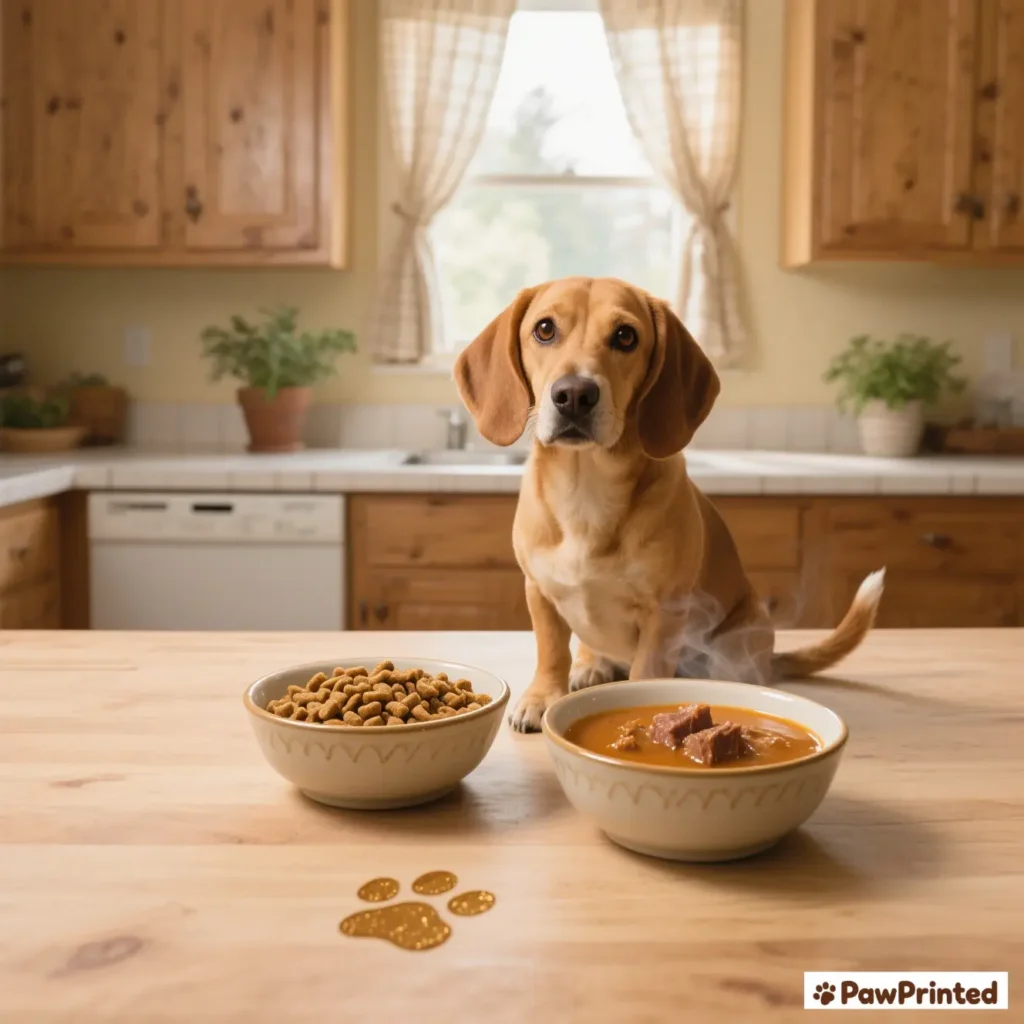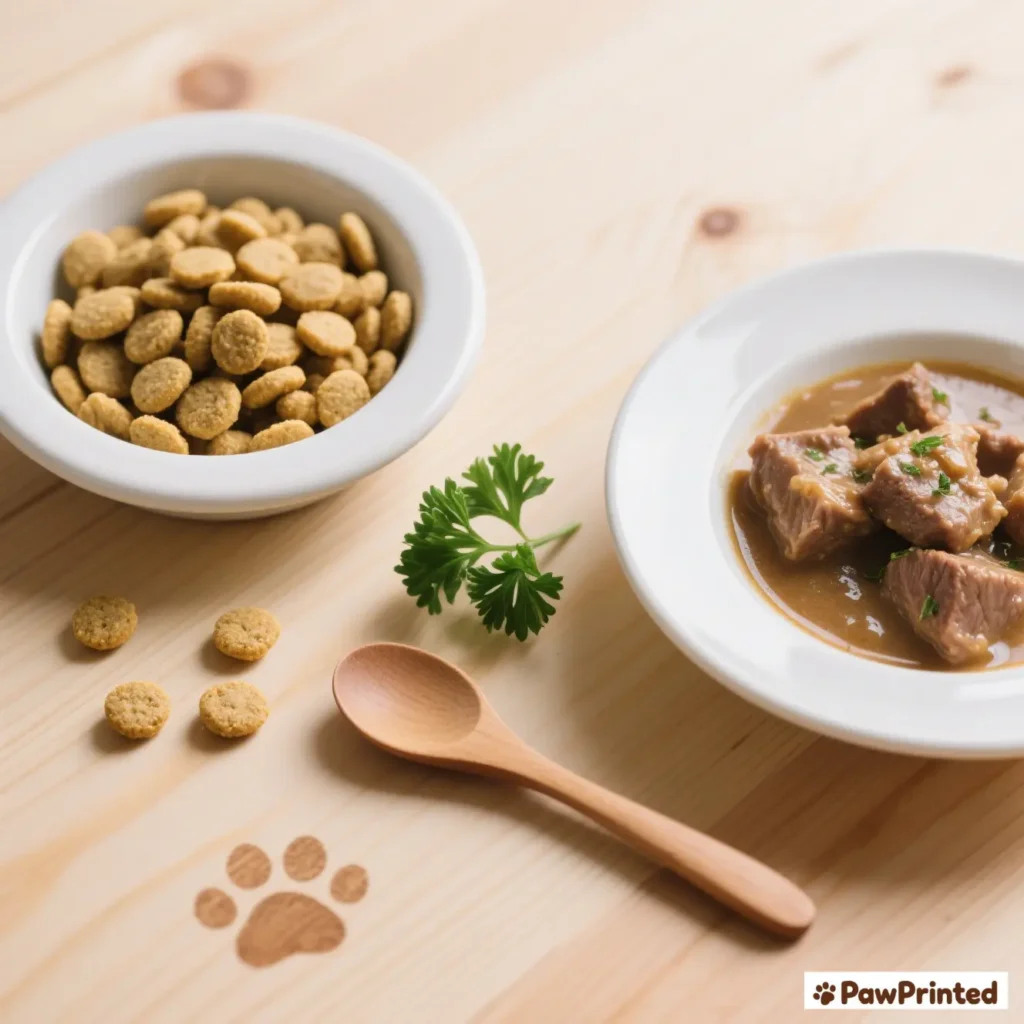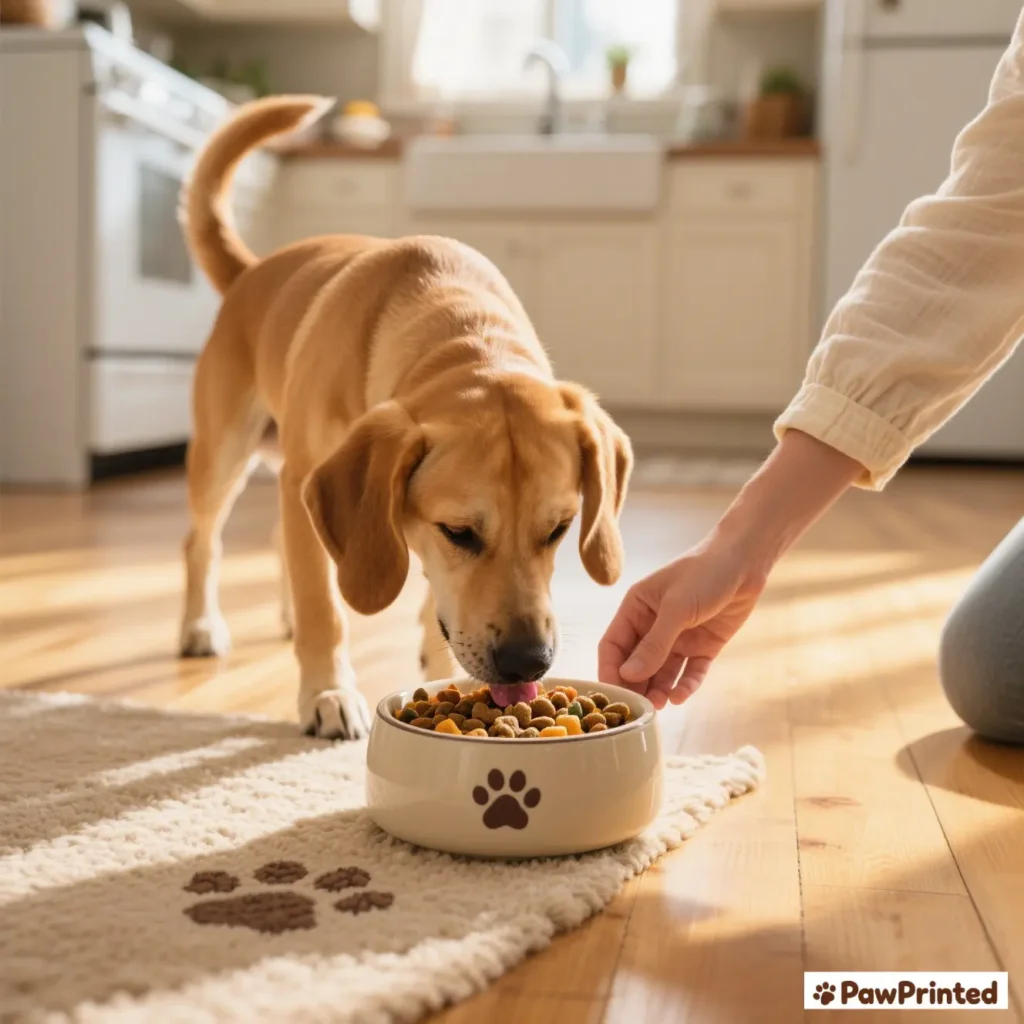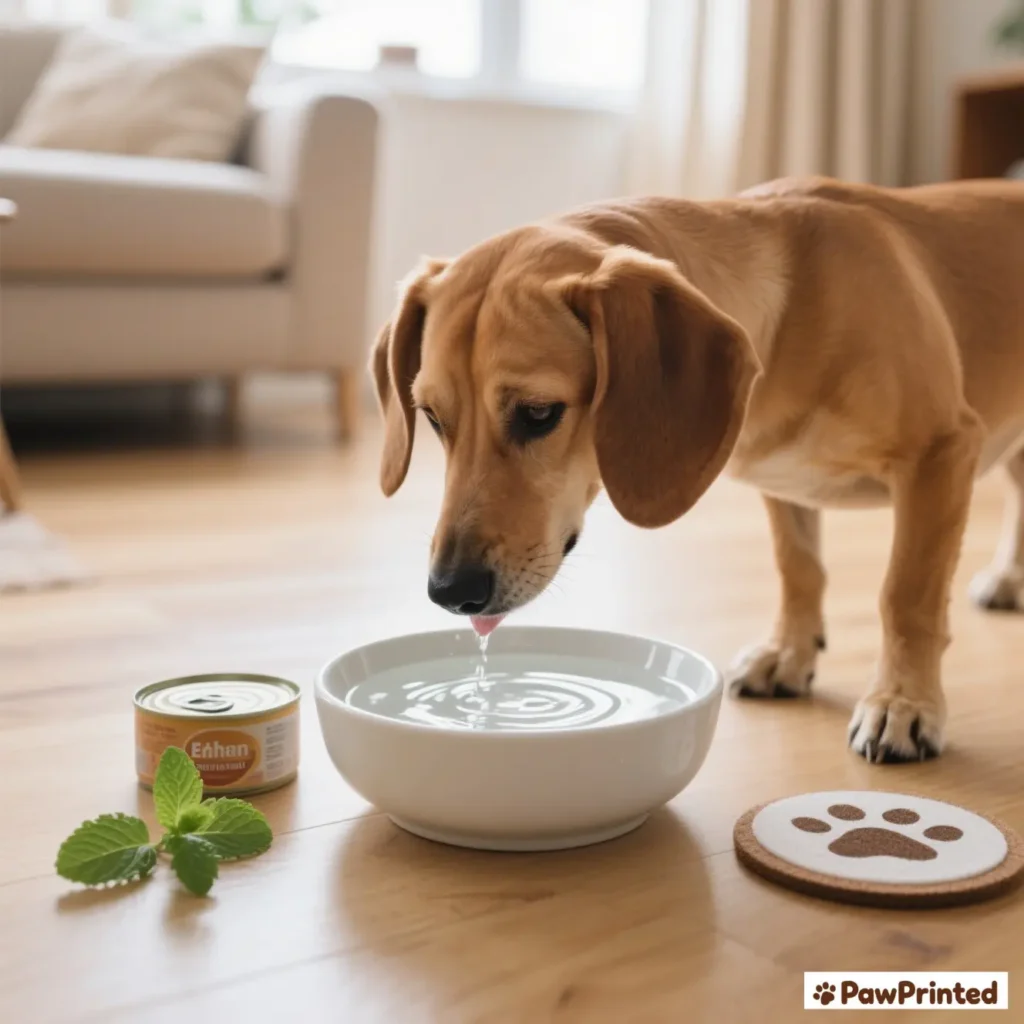I remember when Ethan was a picky pup—he would sprint to the bowl if I opened a can, but he loved the crunchy feel of kibble as he grew up. If you’re stuck between dry and wet food, here’s a vet-approved FAQ that answers the biggest questions in a quick, practical way you can use tonight.

Why This Problem Matters
Daily feeding choices affect hydration, dental care, weight, cost, and even how excited your dog feels about mealtime. Dry and wet foods are both complete and balanced when you buy reputable brands—the difference is how they’re processed, how they’re served, and which one fits your dog’s age, teeth, thirst drive, and lifestyle.

Frequently Asked Questions
Short answer: Most vets suggest high-quality dry food as the daily base and wet food as a helpful supplement.
Method: Kibble supports dental health and convenience; wet food boosts hydration and palatability. If your dog has a sensitive tummy, start with gentle ingredient lists and introduce changes slowly. Explore our picks in Best Wet Dog Food for Sensitive Stomach.
Short answer: Yes—many dogs thrive on kibble-only diets when the food is complete, balanced, and sized appropriately.
Method: Keep fresh water available at all times and watch stool quality, energy, coat, and weight. For sensitive pups, compare formulas here: Best Dry Dog Food for Sensitive Stomach.
Short answer: Neither is universally “healthier”—the right choice depends on your dog’s age, teeth, hydration, and medical needs.
Method: Wet food offers moisture and taste for picky eaters; dry food helps with chewing and can reduce plaque buildup when paired with routine dental care. For tummy-friendly options, see our Sensitive Stomach Dog Food Guide.
Short answer: It costs more per calorie and spoils quickly after opening.
Method: Store opened cans covered in the refrigerator and use within 2–3 days. Balance with dental care (tooth brushing or dental chews) and consider mixing with kibble to manage cost. Compare safe toppers in Homemade Dog Food for Sensitive Stomach.
Short answer: Lower moisture can be a downside, and some seniors or dogs with dental issues may struggle to chew.
Method: Add warm water or a spoon of wet food to soften kibble, or pick smaller kibble shapes. If chewing is hard, consult your vet and consider moving toward softer textures. See our senior-friendly pointers in Senior Dog Food.
Short answer: Seniors, dogs with dental challenges, picky eaters, and those needing extra hydration often do well on wet food.
Method: The moisture helps dogs with low thirst drive or urinary concerns. Start by replacing one meal a day or topping kibble with a few spoonfuls. Browse gentle formulas in Best Wet Dog Food for Sensitive Stomach.
Short answer: Yes—mixing is vet-approved and can combine the strengths of both.
Method: Transition gradually over 5–7 days and start around a 1:1 ratio by calories, adjusting based on stool, weight, and appetite. Get easy ideas here: Homemade Dog Food for Sensitive Stomach.
Short answer: Absolutely—wet food significantly boosts water intake.
Method: This is useful for dogs that don’t drink enough or for those with urinary concerns. Offer multiple water bowls and consider a fountain. For general tips, see AKC’s guide on hydration (opens in new tab): AKC Hydration Tips.

My Solution (What Worked for Us)
What finally worked for us was a simple routine: kibble during the day for crunch and dental benefit, then a wet topper at dinner for moisture and excitement. Ethan eats more steadily, and we can fine-tune portions without sudden tummy surprises.
- Daytime: complete dry food portioned to weight and activity
- Dinner: a few spoonfuls of gentle wet food as a topper
- Weekly: tooth brushing or approved dental chews
- Always: fresh water available in more than one spot
If you prefer vetted wet options, here is one we trialed when Ethan’s appetite dipped: go/hills-sensitive-wet.

Helpful Internal Guides

Final Thoughts
There isn’t a single winner for every dog. Dry food shines for convenience and chewing; wet food wins for moisture and taste. Start from your dog’s needs, listen to your vet, and don’t be afraid to mix both. Your goal is simple: steady appetite, comfortable digestion, healthy weight, and a wagging tail.
Note: If you don’t want to cook daily, check our dry food picks — those were Ethan’s daily backups.
Wrapping It Up: If you’re stuck, start with gentle wet food, then move to steady dry picks. Tell me what your pup prefers in the comments—I read every note.
Follow PawPrinted On Pinterest
“Want more dog food recipes, grooming hacks, and health tips? Follow us on Pinterest and save your favorite ideas — we share fresh inspo every week!”.

